Address:
470 Bronte St S Suite 202 Milton, Ontario L9T 2J4 Canada
CHRONIC PAIN MANAGEMENT
Neuro Stimulation or Nerve Stimulation
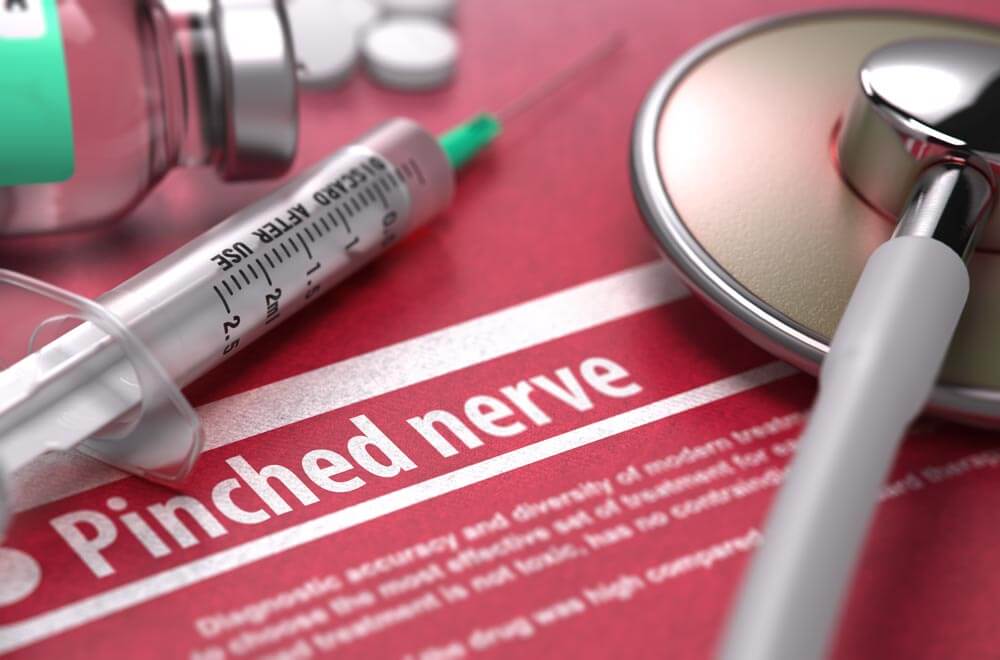
Nerve stimulation Is a commonly used approach to treat chronic pain. It involves placing a small electrical current next to one of the peripheral nerves. (These are the nerves that are located beyond the brain or spinal cord). The delivery of rapid electrical pulses that are felt like mild tingles (so-called paresthesias) modulate the pain and/or other dysfunction of the nervous system and/or their effectors (muscles, vessels, glands, immune cells, etc.) through peripheral nerve stimulation with electric current to mitigate changes in the chemical milieu of the nerve terminals which lead to pain threshold alteration.
Intravenous AminoAcids (L-Tryptophan and L-Phenylalanine ) and Vitamins ( Thiamine ,B6,B12 )

Biopuncture
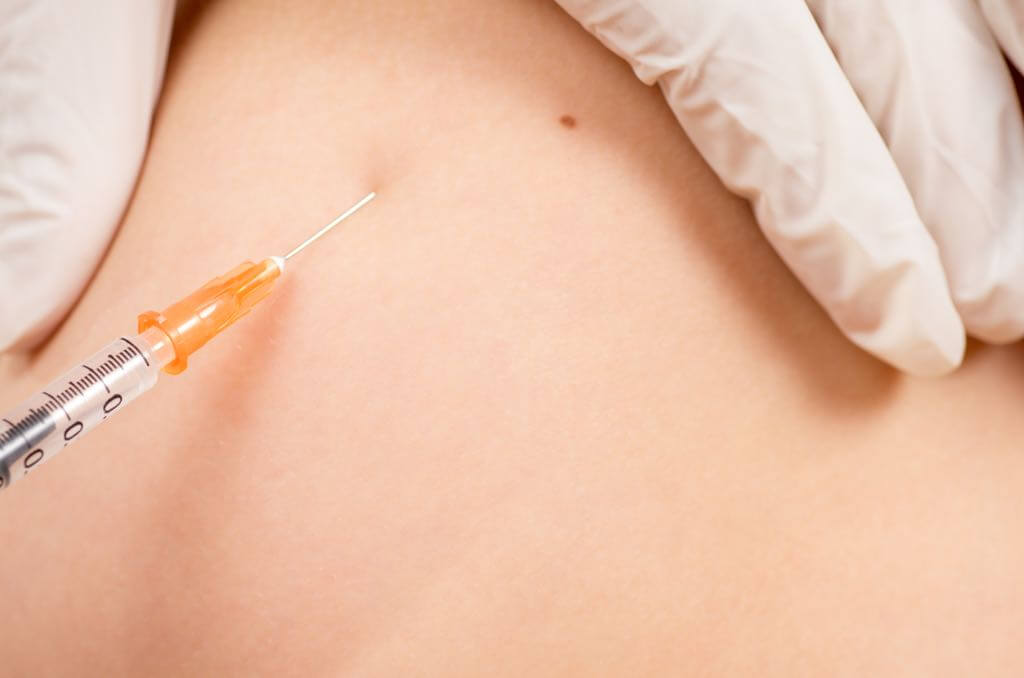
Biopuncture is an injection therapy in which specific body zones or points are injected with highly dilute natural injectables as vitamin B12,Magnesium and normal Saline , in order to regulate inflammatory processes, nerve excitability and support natural repair mechanisms. Most of these injections are given into the skin or muscles. As a specific injection method, biopuncture is distinct from other injection methods applied in medical practice, including other natural injection therapies such as neural therapy, mesotherapy, prolotherapy, and numerous others.
Biopuncture is a unique therapy that combines Acupuncture biological therapies. This is an effective treatment for a wide variety of illness, but is especially useful for pain management and disorders like arthritis, athletic injuries, tendonitis, and bursitis.
The treatment involves an injection, or more than one, of various biological agents in trigger points, acupuncture points or other referral zones. Patients often need 4-6 treatments for acute/chronic injuries and treatments last 10-20 minutes. A special variant of biopuncture involves the injection of biological agents into scars for the purposes of reducing retained inflammation and improving the appearance of the scarred tissue.
Medical Electro Acupuncture
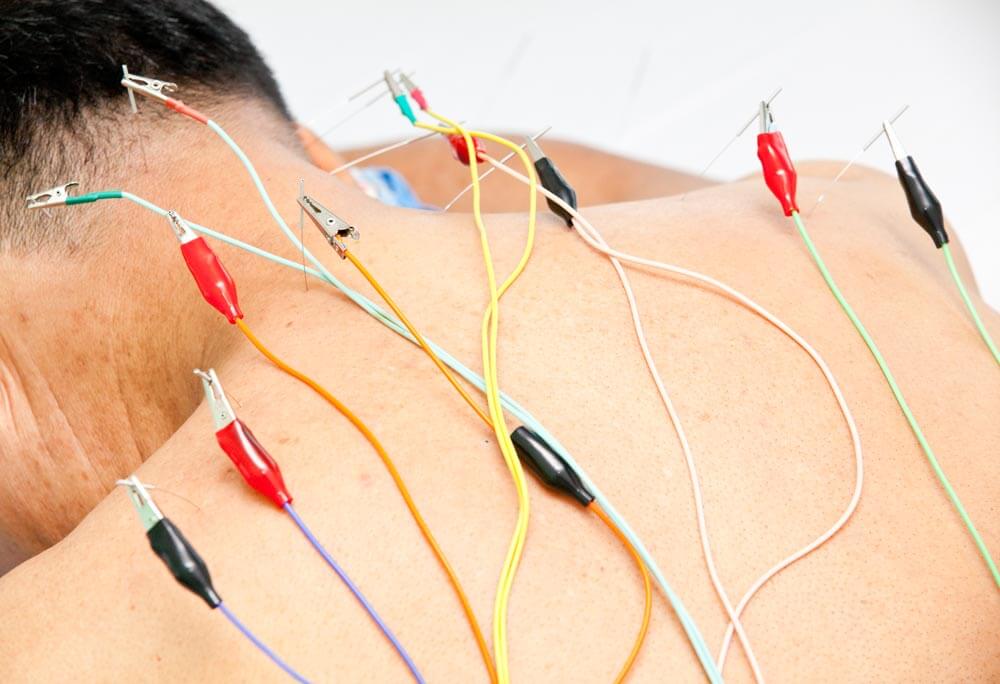
Acupuncture is a system of treatment which involves the insertion of thin, solid needles into specific areas of the body known as acupuncture points, or acupoints, with the intention of positively affecting a patient’s clinical condition or health status.
In recent decades, the integration of the Western scientific model has provided novel means of furthering our understanding of acupuncture and its effects. Of all the complementary and alternative therapies, acupuncture is one of the best researched, there has been a flood of high-quality randomized controlled clinical trials as well as a much broader investigation into the basic mechanisms of acupuncture
Dr. Abd Elaziz’s extensive background in neuroanatomy and nerve block techniques as a trained Anesthesiologist (Egypt) and the Further training in Acupuncture he got from McMaster Anesthesia Department and neuromeridian acupuncture takes Acupuncture as an effective pain management modalities to further level of accuracy of acupuncture point that is anatomically and neurological relevant to each patient’s presentation of pain and ensure therapeutic response of the targeted nerves and muscles. Dr. Abd Elaziz research focus in neuroanatomical Acupuncture helped so many patients who did not find relief to their pain with medications. He currently doing research on ultrasonographic guided acupuncture intercostal nerve stimulation in post-thoracotomy pain at Toronto General Hospital, Department of Anesthesia.
Nerve Conditioning
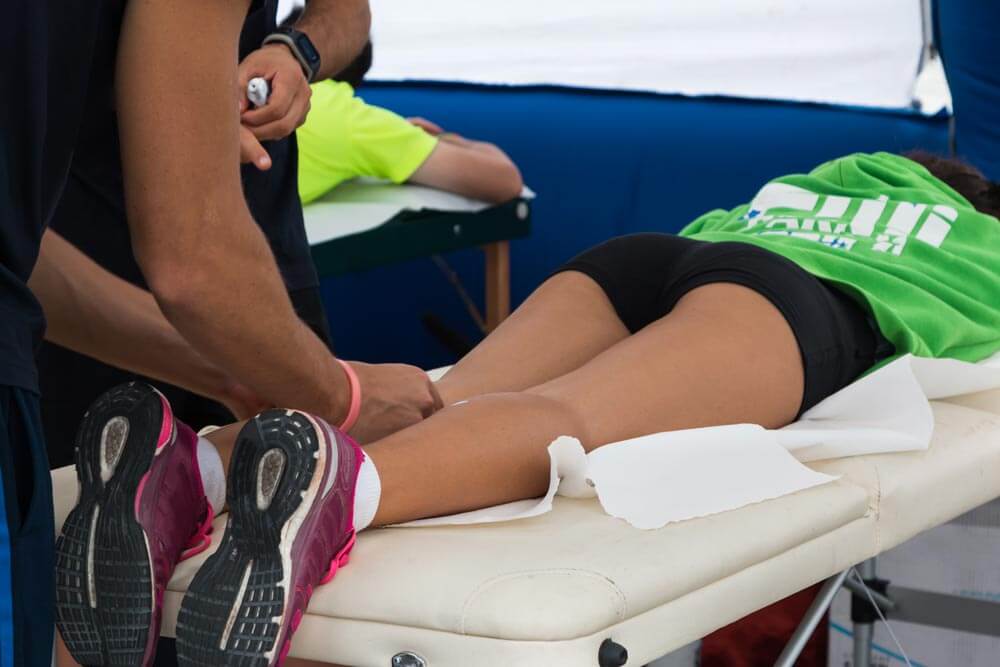
Manual treatment of movement capabilities and peripheral nervous system sensitivity and tension for several conditions such as:
- restoring movement capabilities and nerve function on the joints of the lower extremity and lumbar plexus branches
- restoring movement capabilities and nerve function on the joints of the upper extremity and brachial plexus branches
- restoring movement capabilities and nerve function on the joints and nerves of the foot.
- restoring movement capabilities and nerve function on the joints of the lower extremity sacral plexus branches
Chinese Medicine for Pain

While in the Western approach the strategy of using Acupuncture and prescribing herbs is more symptom-oriented and leans toward neuroanatomical acupuncture style and single herbs for specific alignments, the Ayurvedic and traditional Chinese approaches rely on constitutional Acupuncture and prescribing herbal combinations (formulas) for syndromes that are individualized for the different types of patients. An herbal and Chinese acupuncture pain treatment for a “hot patient” that presents with a red face, feeling warm, and elevated blood pressure would be quite different than that used for a “cold patient,” who might present with a pale face and body, feeling cold, and the tendency for low blood pressure.
This unique difference between approaches can be bridged in clinical practice by using the best of both worlds. For example, if a patient complains of coughing and wheezing with copious thick yellow sputum, and labored breathing, and is found to have a greasy yellow tongue coat, slippery rapid pulse, with fever and chills, one can recommend a Western herbal combination such as inhalations of the essential oils from eucalyptus (bronchodilator) and pine (expectorant) together with a traditional Chinese herbal formula Ding-Chuan-Tang , which acts according to Chinese theory to expand Lung & push down rebellious Lung Qi, arrest wheezing, clear Heat, and transform Phlegm. In this example, the Chinese formula addresses not only the symptomatic presentation, but also the constitution of the patient. The same apply to Acupuncture point selections
In traditional Chinese medicine (TCM), the patient is evaluated through a set of questions to help develop an individualized diagnosis:
- Did the condition originate primarily from the inside or outside of the body?
- Where is the major symptomatic presentation (upper or lower body)?
- What is the patient’s individual response to the pathogenic factor (i.e., do they have fever, chills, cold, dampness, etc.)?
- What is the nature of the syndrome (wind, heat, cold, damp, dryness, fire, etc.)?
The different words used to describe the collection of symptoms that make up a syndrome are heavily borrowed from the natural world, such as would be used to describe the weather. Such Chinese medical descriptions include concepts of wind, dampness, dryness, heat, and cold.The parallel use of words to describe human health and external natural phenomenon such as the weather speaks to a core philosophical premise of TCM, namely, that there is an inter-relatedness of human health and disease with the world around us. Although sometimes intuitive, correct application of these descriptions can get quite complex when several conditions or a more complicated and/or multi-system problem appears in one patient.
The parallel use of words to describe human health and external natural phenomenon such as the weather speaks to a core philosophical premise of TCM, namely, that there is an inter-relatedness of human health and disease with the world around us. Although sometimes intuitive, correct application of these descriptions can get quite complex when several conditions or a more complicated and/or multi-system problem appears in one patient.
Chiropractic Pain Management

Chiropractic management of spinal pain is increasingly utilized as an alternative or complement to pharmaceutical treatment. particularly spinal manipulative therapy in the treatment of spinal pain. and modulate the axial pain pathway of peripheral pain. Pain Ease clinic integrate contemporary chiropractic education, practice, and the evolution of modern chiropractic research. The mechanisms underlying spinal manipulative therapy (SMT) are presented in the context of biomechanical and neurophysiological models as well as mind–body integration. Clinical indications, contraindications, effectiveness, and safety of SMT are discussed and reviewed with our patients. Research horizons are suggested which target questions ranging from the basic sciences, such as the biological mechanisms underlying joint dysfunction and SMT, to clinical sciences and the possible role of SMT in rehabilitation and post-operative care.
Therapeutic Massage and Bodywork in Integrative Pain Management
The role of massage in pain management undoubtedly predates recorded history. Today, while there is broad public acceptance and usage of therapeutic massage and a growing body of literature exploring its safety and efficacy, theory and research regarding possible mechanisms of action lag far behind.
The potential role of therapeutic massage and bodywork in contemporary integrative pain management and the range of methods that can collectively be called therapeutic massage and bodywork are discussed and implemented with our patients, and the little that is known about their mechanisms of action in relation to current theories of pain management is utilized . Descriptions and suggestions about the beneficial use of therapeutic massage and bodywork in contemporary integrative pain management are offered.
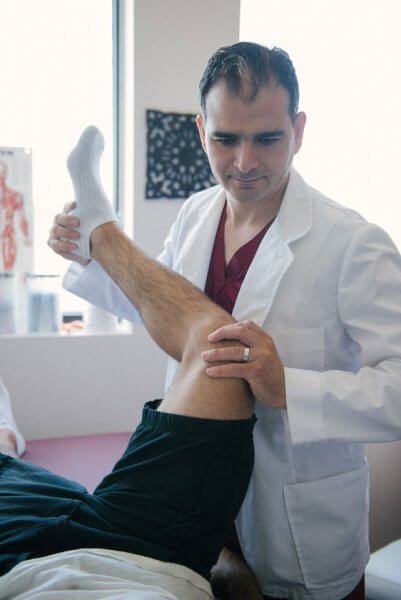
Get In Touch
Whether you're looking for a complimentary consult or a you're regular patient, you can select the right appointment that fits your schedule.
Ask us a Question Make an AppointmentPain Ease Naturopathic Clinic
470 Bronte St S Suite 202
Milton, Ontario L9T 2J4 Canada
Phone: 1 (647) 361-4187
Fax: (647) 361-4187
Email: info@painease.ca
Locations
Even though our clinic is in Milton, our patients come from all over the GTA. Click below to learn more.
Mississauga, Oakville, Burlington, Brampton, Halton Hills, Hamilton
Connect With Us
If you’re ready to become a patient, or if you’re curious about how we can help you optimize your health, please click on the respective button below.
